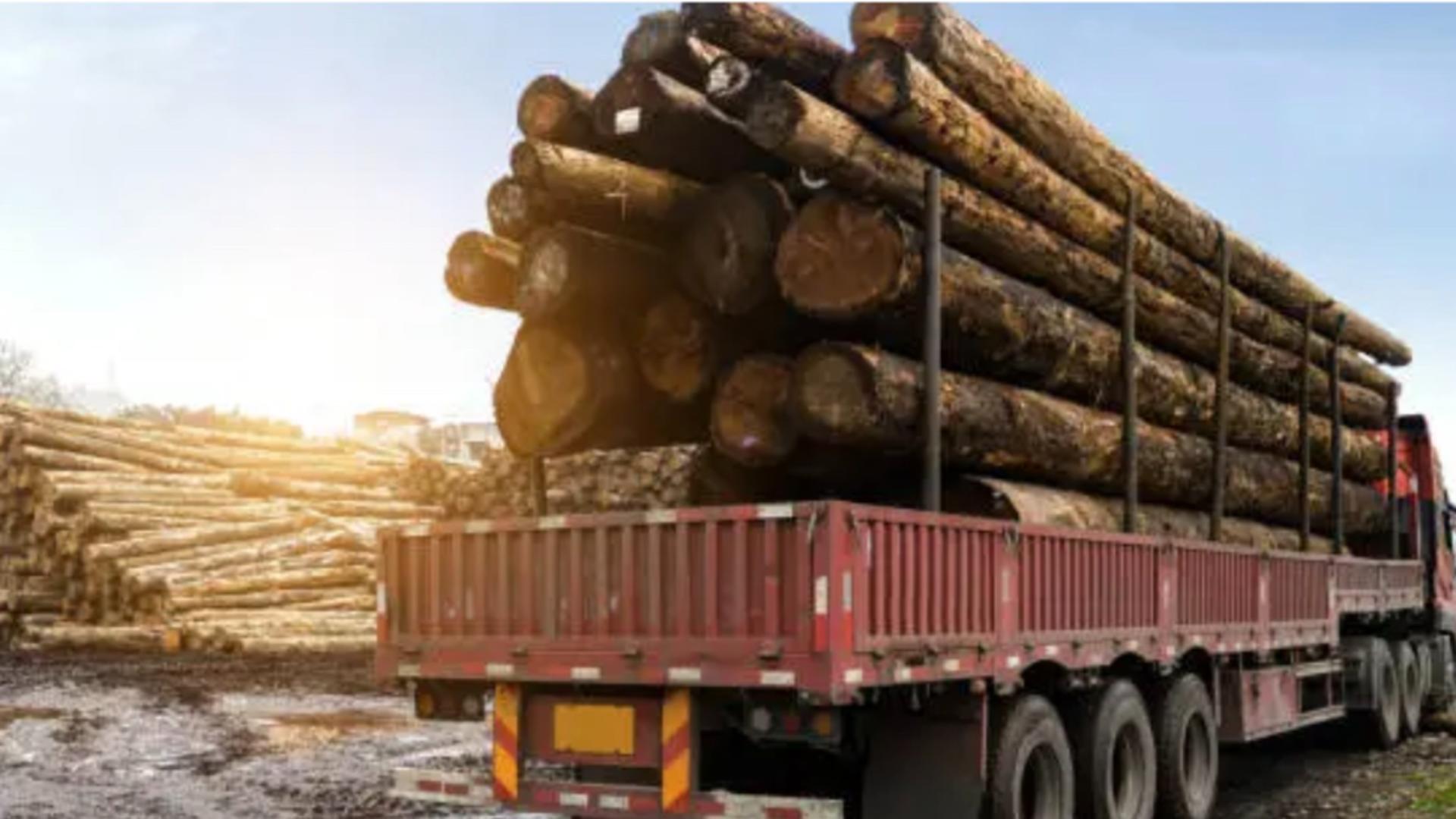Indiana Dunes National Park has been actively working to restore Cowles Bog and other nearby wetlands since 1998.
A presentation at Science Friday held at the Dunes Visitors Center informed the public of the process and an update on the restoration.
“This is the story of how the restoration started in 1998,” said Erin Argyilan, education coordinator for the Great Lakes Research & Education Center.
“Everyone comes for birds, but there is so much more,” said Argyilan. “We didn’t inherit a pristine park like you see today, we inherited a massively degraded place.”
“The Great Marsh was formed approximately 4,000 years ago,” said Dan Mason, a botanist for the National Park Service. “At that time it was an open body of water.”
“At the time of the early European exploration of southern Lake Michigan, Great Marsh had evolved from a lake stage to a rich and diverse assemblage of various wetland types inclusive of, among others, conifer swamp, wet prairie, fen bog, marsh and sedge meadow,” said Mason.
“In the 1930s, the area was drained. Homes and roads were built there,” said Mason, showing a 1958 diagram showing all the ditches dug to drain the wetlands for building.
“Wetlands were considered the home of demons and evil,” said Mason. “People wanted to get rid of them.”
“When we first started the restoration, you wouldn’t see any birds, and the mosquitoes were nasty,” said Mason, who explained that ditch plugs were put in to help get the area back to its original state.
“Our wetland strategies include hydrology documentation, mapping of ditches, assess current vegetation, and soil analyses,” said Mason.
The project will take years, many volunteers, lots of funding, and a winning battle against invasive cattail.
The ecosystem is slowly being altered, leading to the loss of native species of plants found in the wetland. If the native plant life of the bog does not survive, insects, birds and other animals will either die out or move away from the area in search of their preferred food and shelter, according to the the national park website.
Kris Wielunski, of Gary, is an ecologist for the Lake County Parks.
“I came here out of personal interest,” said Wielunski, who asked Mason questions about the habitat restoration and wanted to know more about the invasive cattails.
Mason has been working at wetland restoration for 25 years and has helped pull in millions of dollars in grants.
For more information on how to help with the restoration project, visit nps.gov or email erin_argyilan@nps.gov.
Deena Lawley-Dixon is a freelance reporter for the Post-Tribune.





